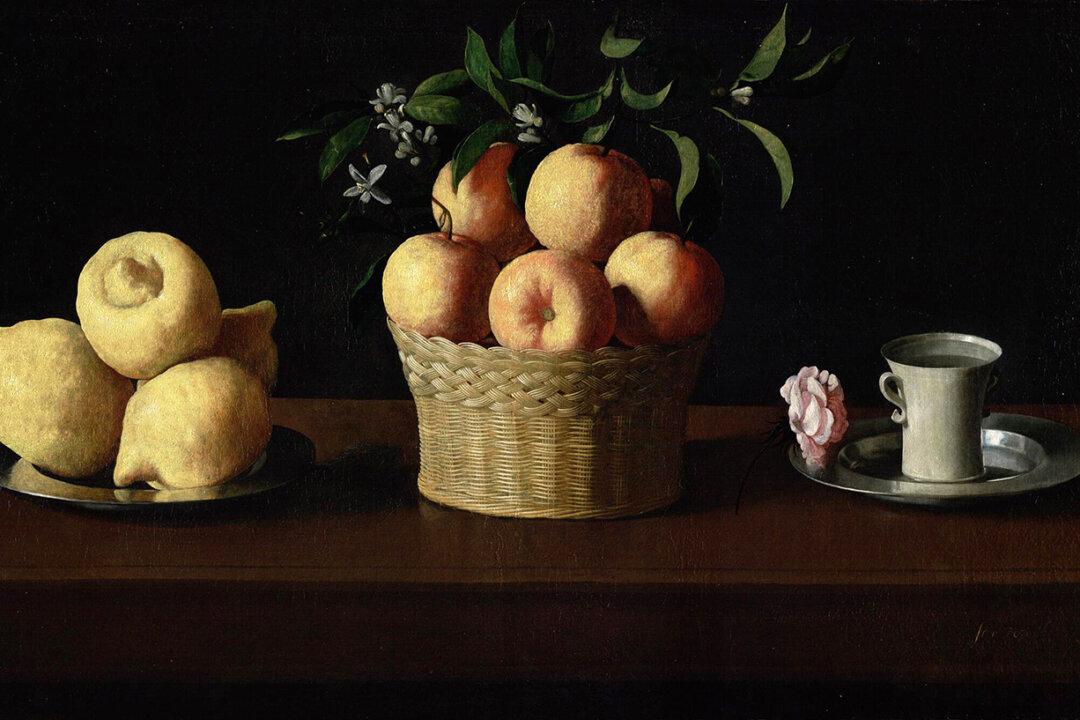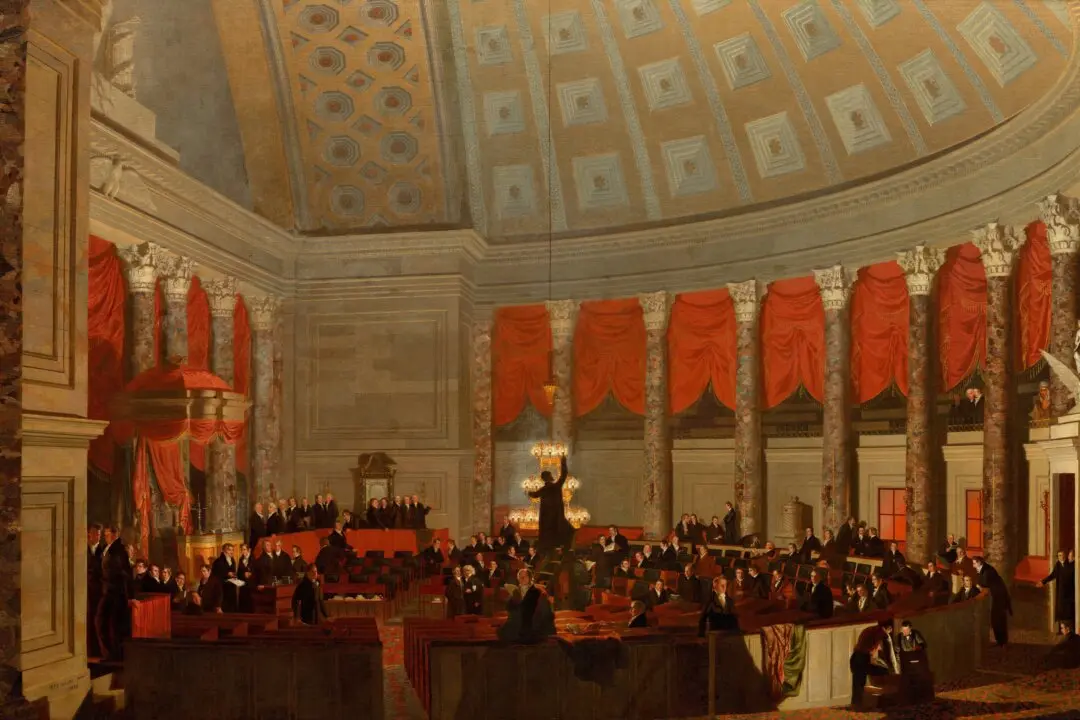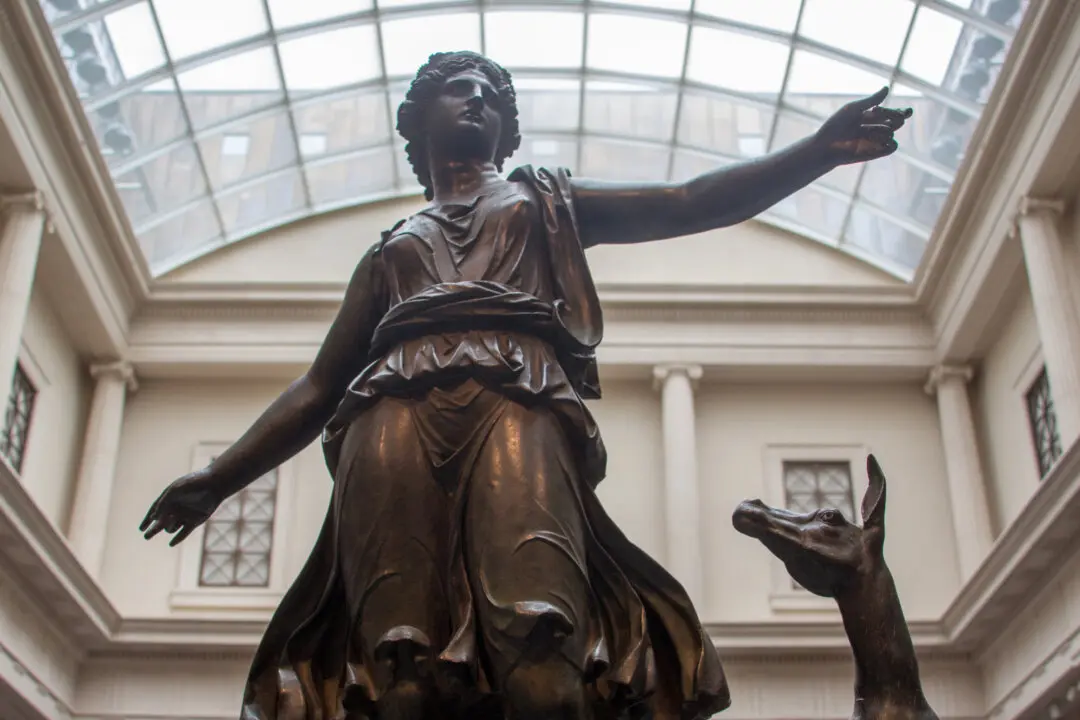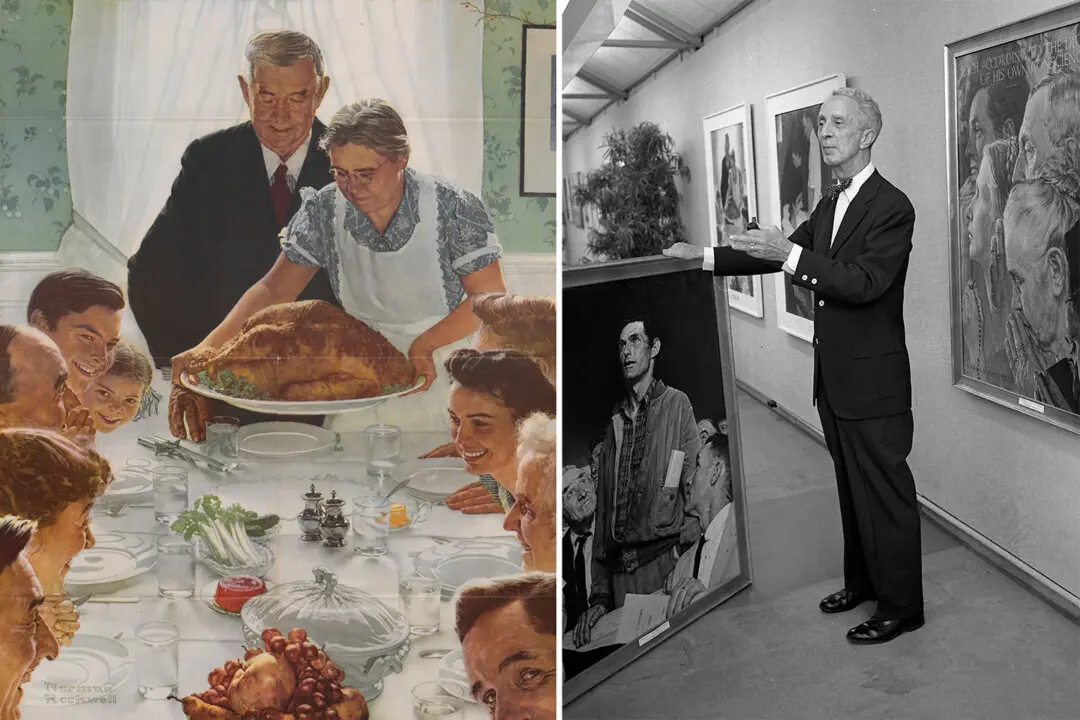The tradition of painting still lifes stretches back to ancient times. Depictions of food and feasting were popular in Greek and Roman paintings, frescos, and mosaics. The genre was revived with aplomb and flourished in the Netherlands during the early 17th century, before spreading to other countries including Spain, Italy, and France.
Within this genre are a number of still life subcategories: flowers, man-made items, luxurious goods reflecting prosperity and trade, humble everyday objects, memento mori, as well as fruit scenes. Some still lifes are allegorical and philosophical, while others are simply to be appreciated for their surfaces.





